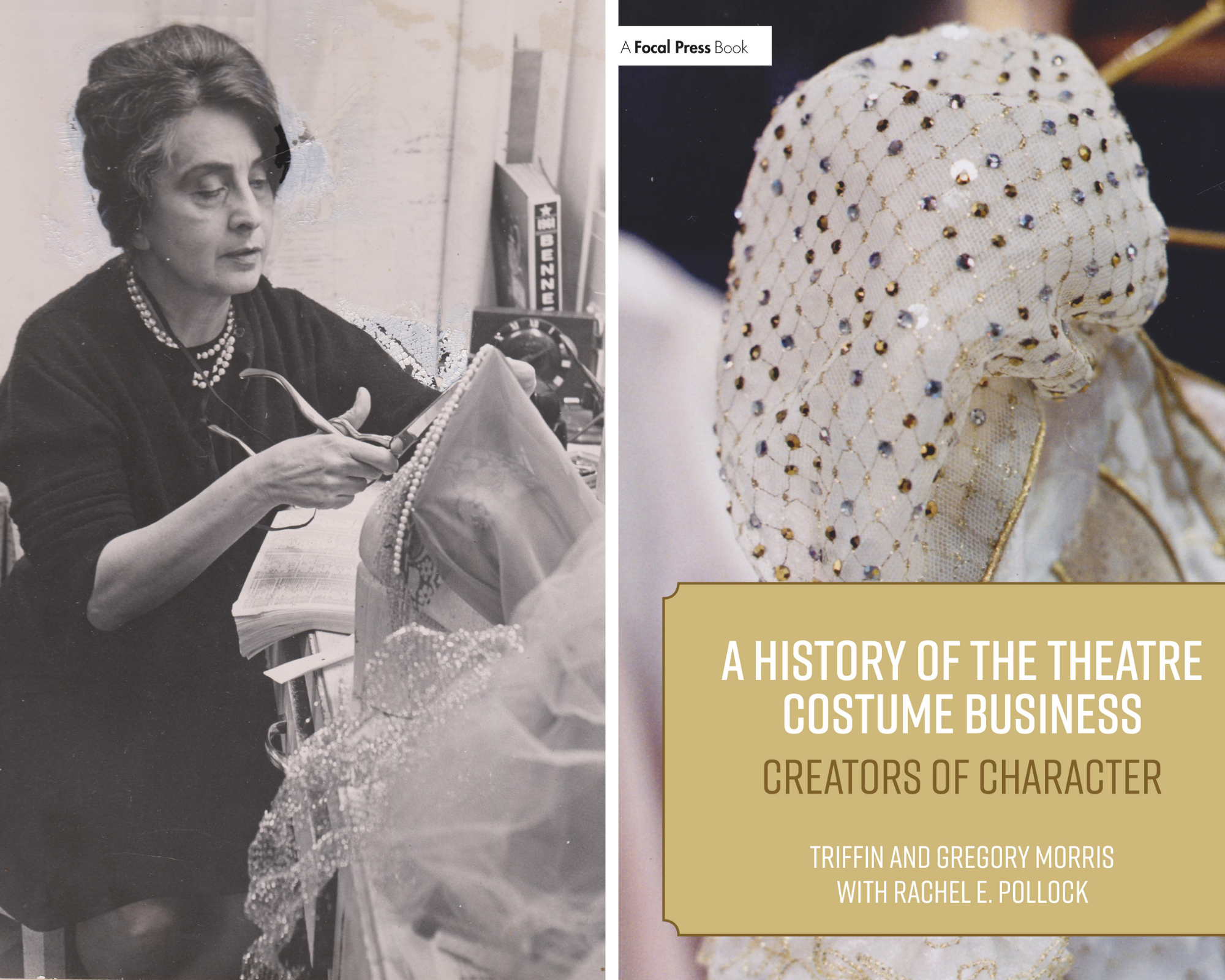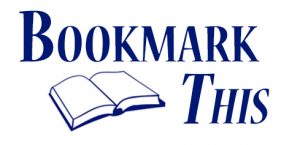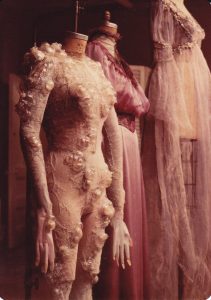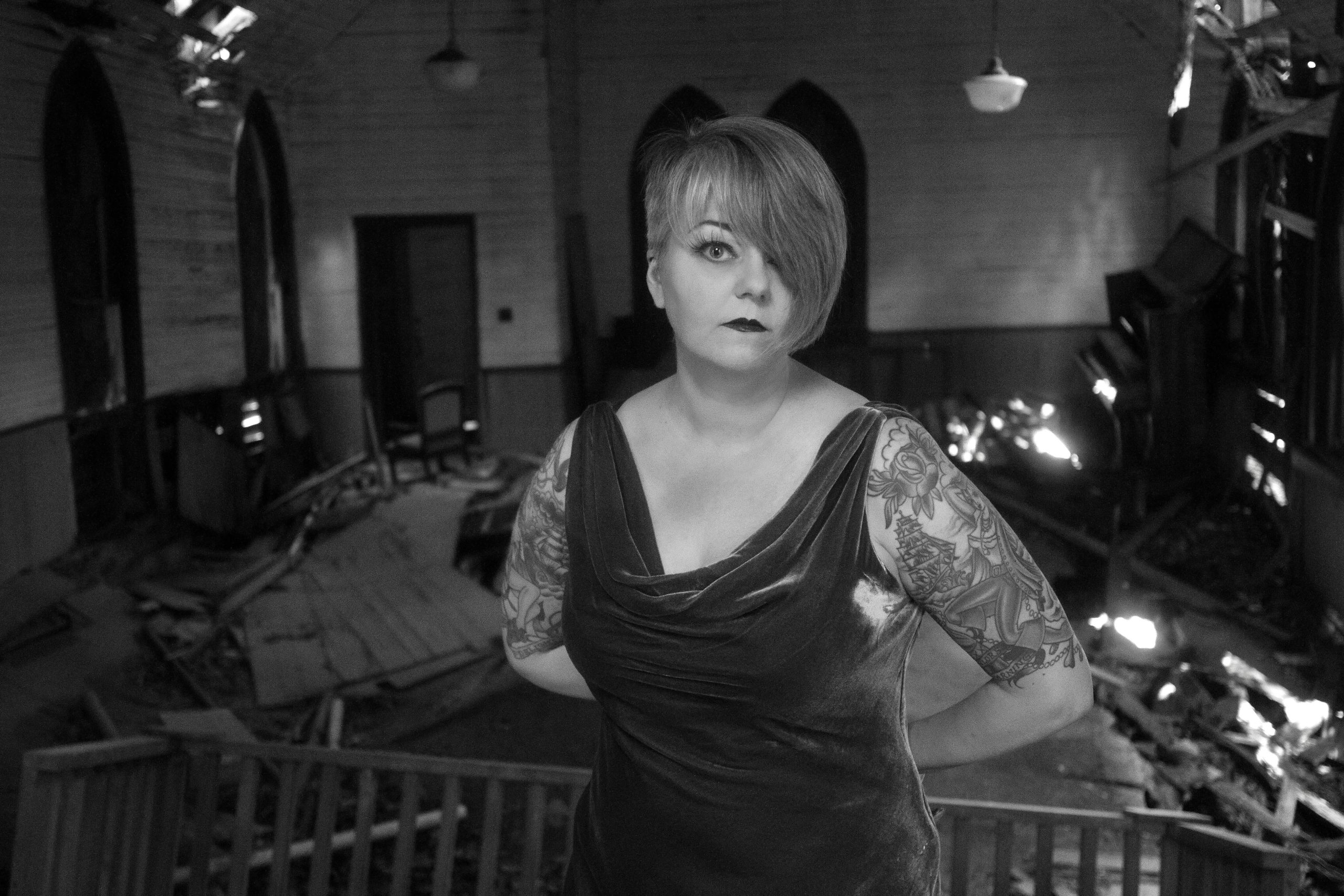
Bookmark This is a feature that highlights new books by College of Arts & Sciences faculty and alumni, published the first week of each month.
 Editor’s note: For Arts Everywhere Day, we are delighted to highlight this month’s featured book: A History of the Theatre Costume Business: Creators of Character (Routledge Press) by Triffin I. Morris, Gregory DL Morris and Rachel E. Pollock.
Editor’s note: For Arts Everywhere Day, we are delighted to highlight this month’s featured book: A History of the Theatre Costume Business: Creators of Character (Routledge Press) by Triffin I. Morris, Gregory DL Morris and Rachel E. Pollock.
Q: Can you give us a brief synopsis of your book?
Morris: There have been costume makers in New York City since there have been people in New York City. The earliest shop I could document was Dazian’s, (established in 1842) which is now a business specializing in theatrical fabrics. Before 1913 (when Actor’s Equity was created), vaudeville revues and actors in shows provided their own costumes and worked under horrific conditions. Actor’s Equity required the producers to pay for costumes which, in turn, created the role of costume designer.
It is important to understand that there is a difference between a costume designer and a costume maker (or draper). Early shop owners did both, but now the designer draws the picture, chooses the fabric and collaborates with the producers and director. The draper takes the picture, actor’s measurements, fabric and requirements of the show and creates a garment.

At the turn of the 20th century in New York, there were very small costume shops (with names like “Miss Francine”) and a few huge operations that made, rented and sold costumes. Eaves, Van Horn and Brooks costume shops all had entire buildings, in-house designers and a large stock of rentals. These businesses merged, downsized and became Eaves-Brooks, which was sold to Dodger Costumes, which went out of business in 2005.
By the 1920s, there were also mid-sized operations credited in Playbills. We highlighted Yetta Kiviette and Helene Pons who were both strong interesting women. They were both talented designers and ran their own costume shops. Yetta Kiviette was a child of Russian Jewish immigrants, married (and divorced) an Olympic athlete, and ran a successful costume business for 20 years before she switched full-time to fashion in 1947. Helene Pons was born in Italy, worked in Paris and moved to NYC. Her business was unusual for its support of women and good working conditions.
The grandfather of the modern costume shops is Ray Diffen. Ray employed well known people in the industry such as Jane Greenwood, Barbara Matera, Sally Ann Parsons and Martin Pakledinaz. Barbara and Sally Ann both went on to form their own shops. Sally Ann’s shop, Parsons-Meares, is still in business in Long Island City. She is housed in the building that was once owned by Eaves-Brooks. Barbara Matera (1929-2001) had a shop in the famed 890 Broadway building (still used as rehearsal space for Broadway shows).
Q: How does this fit in with your research interests and passions?
Morris: My husband is a business journalist. The book was really his brainchild. I enjoyed researching the book. It’s fascinating to discover bits of information in various places and put them together to create a story.
Pollock: I love rediscovering lost histories, especially those of entrepreneurial women. I wrote my master’s thesis on a Belle Epoque milliner, Zaida Ben Yusuf, one of the first hatmakers to describe “DIY” techniques of the craft in women’s magazine articles of the day. This book on theatre costume businesspeople would collect and document the achievements of so many innovative, creative people, most of them women, immigrants, often displaced from their home countries by war, pogroms and oppressive regimes. Those are stories I feel honored to assist in preserving.
Q: What was the original idea that made you think: “There’s a book here?”

Morris: When we started the project 12 years ago, many of the anchors of the industry in New York City were still alive. When we realized there was no documentation of our history, we knew there was a book. In the 1950s, Josephine Paterek wrote a dissertation identifying the people credited in Playbills from 1914-1934. We got a research grant from USITT to turn it into a searchable database. We then had the names of costume shops in that time period and could search libraries and other databases for information. With that and interviews with people in the industry, we were able to sketch together a timeline, which became the basis for the book.
Q: What surprised you when researching/writing this book?
Morris: I was surprised at how forward-thinking some of the early shop owners were. The women in the industry in the early 20th century were really breaking barriers. Aline Bernstein (known for her torrid relationship with Thomas Wolfe) was the first female member of the scene painter’s union as well as founding the Metropolitan Museum of Art’s Costume Collection. Helene Pons was a savvy businesswoman who made her way as a single mom. When you think of sewing factories at the beginning of the 20th century, you think of the Triangle Shirtwaist Factory and the horrible fire, but not every place was like that. People in the theatre business have been solving problems creatively for a very long time.
Pollock: I was taken aback to learn that a theatre costume maker — Helene Pons — filed the first patent on the underwire bra! She was responsible for so many innovations in our field (such as knitting with cord to create the illusion of chainmail armor onstage). It should come as no surprise, I suppose, but that’s an element of construction still common in mass-manufactured foundation garments worn by thousands of women yet today.
Q: Where’s your go-to writing spot, and how do you deal with writer’s block?

Morris: I write anywhere I have to. I don’t have a special spot. I deal with writer’s block by walking away, thinking about something else and coming back to it a few minutes later.
Pollock: Rather than having a specific writing spot, I have a preferred writing posture — lying on a couch or bed, propped up against pillows with my feet elevated and a laptop in my lap. I recently got a new desktop computer and thought that might change my preference to sitting at a desk, but it hasn’t. I got into the supine writing habit in grad school and working from home during the pandemic has admittedly not helped with developing a more conventional writing position.
After earning my MFA in creative writing (University of New Orleans, 2013) while working full time, I don’t get “writer’s block” anymore. I had deadlines and only a narrow window of time in which to write, so I developed the ability to just … open the file and put words on the page. Writing also involves a lot of thinking and planning — I would think up structure while walking to the grocery store and record my ideas as voice memos on my phone. I’d do research by listening to audiobooks on my commute. Perhaps that indicates that a scarcity of free time is the cure for writer’s block?
Triffin Morris is Milly S. Barranger Professor of the Practice and head of the graduate costume production program in the department of dramatic art and costume director of PlayMakers Repertory Company. Gregory Morris has 35 years of experience as a business journalist and historian. Rachel Pollock is a costume crafts artisan for PlayMakers Repertory Company and a lecturer in the graduate costume production program in the department of dramatic art.
Nominate a book we should feature by emailing college-news@unc.edu. Find previous “Bookmark This” features by searching those terms on our website and add some books to your reading list.
